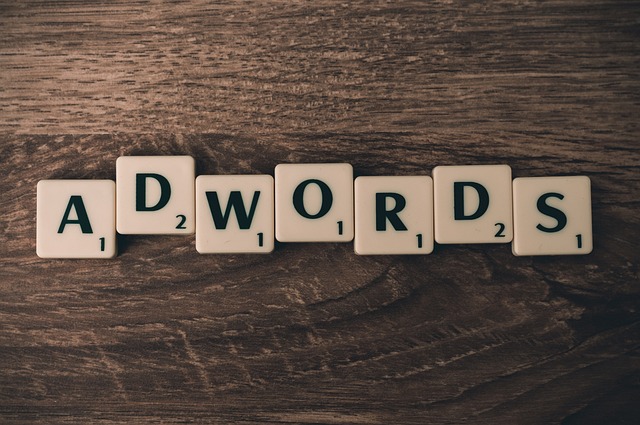The world of web design is akin to the intricate layers found in a stunning photograph. Just as a photographer carefully composes their shot, selecting the right angles and lighting, a web designer crafts each page to capture the viewer’s attention. Taking a closer look at the interplay between website design and photography reveals a fascinating parallel that enriches both disciplines.
Imagine standing before a brilliant landscape, your camera poised to capture the moment. You consider the focal point, the depth of field, and the colors that will bring your image to life. In web design, the layout and structure serve a similar purpose. A well-designed website guides the visitor’s eye, creating a narrative that unfolds like a photograph layered with emotion and meaning.
At the heart of photography is the lens—a tool that transforms light into a visual story. Optics play a critical role in how we perceive images, allowing us to focus on specific details while softening others. Similarly, a website employs navigation and user interface elements to create a fluid experience. Each clickable button, image, and piece of typography is strategically placed, drawing the visitor into the design while allowing them to explore with ease.
Layering is intrinsic in both fields. In photography, layers add depth, creating a three-dimensional feel that invites viewers to delve deeper into the scene. Web design, too, thrives on layers, whether through parallax scrolling, overlapping elements, or the thoughtful arrangement of content sections. Each layer contributes to the overall composition, engaging users and fostering a sense of exploration.
The use of color is another critical aspect in both photography and web design. A skilled photographer knows how to manipulate color to evoke emotions, guide the viewer’s attention, and establish mood. A website’s color palette can do the same, creating a cohesive brand identity while enhancing the visual experience. Just as a photograph can transport you to another world, a vibrant website can envelop users in a brand’s ethos and message.
Furthermore, the importance of storytelling cannot be overlooked. Every compelling photograph tells a story, capturing a moment in time that resonates with viewers. Similarly, a website’s design should encapsulate a narrative—from the first landing page to the last click. Whether it’s an e-commerce platform, a portfolio site, or a personal blog, good web design weaves a tale that connects with its audience, urging them to explore further.
In the era of social media, photography has an even more significant role in enhancing website engagement. Visual content is now a crucial element for any website’s success. High-quality images can draw users in, creating a visceral connection that text alone may not achieve. The same way a captivating photograph can live in our memories, a well-crafted website can leave a lasting impression, inviting users to revisit time and again.
Now imagine picking up your camera to take a picture of a well-designed website. The right angle, the perfect cropping, and thoughtful adjustments to the exposure can truly highlight the elements that make the site shine. Don’t forget to consider the ever-important aspect of user interaction—just as adjusting the depth of field in a photo can change how the layers are perceived, altering user pathways can significantly impact their experience.
Ultimately, the intersection of web design and photography reveals a rich tapestry that layers creativity, strategy, and emotion. Each component is essential in weaving a captivating narrative that resonates with audiences far and wide. So next time you explore a website, take a moment to appreciate the intricate layers at play, much like observing a breathtaking photograph through the lens of a camera.



